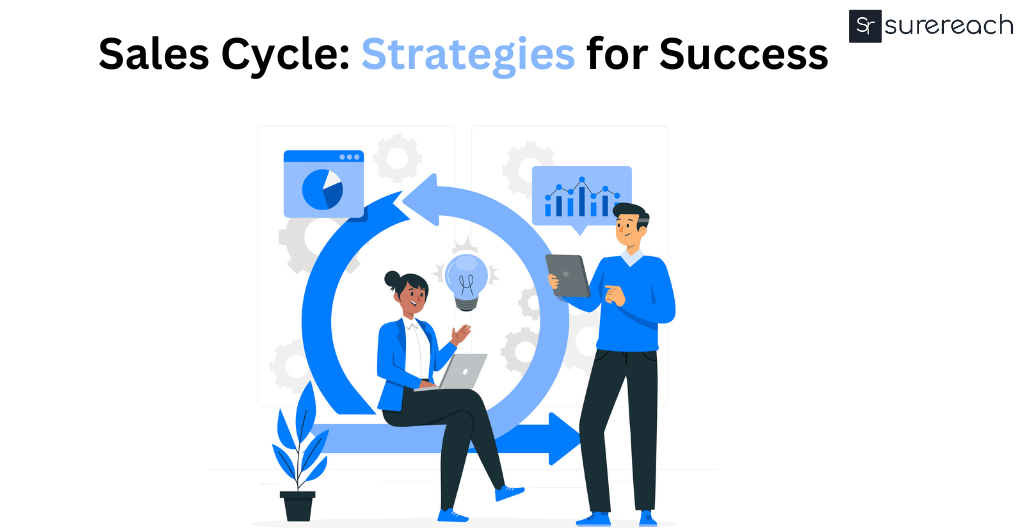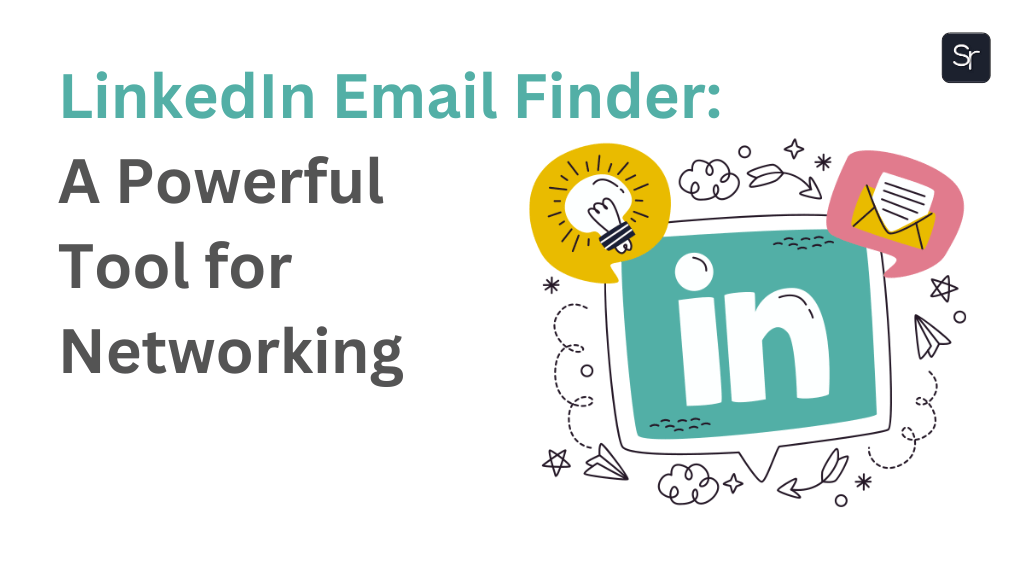Go-To-Market
A go-to-market (GTM) strategy is a plan that aids companies in defining their target market, coordinating messaging, and positioning a new product or service for launch.
A typical GTM strategy consists of target market profiles, a marketing plan, and a specific sales and distribution strategy. Its purpose is to reduce the risk associated with launching a new product onto the market.
A GTM plan is necessary for everyone who finds themselves in any of the following three scenarios:
- introducing a novel product into a thriving market.
- introducing a current product into a fresh market.
- assessing the potential market for a new product.
Market Strategy
GTM strategies provide businesses with the data they need to set themselves apart from rivals, build scalable inbound and outbound models, and use the right methods to accomplish their objectives.
When companies think there is a market need for a product and spend on its development without first obtaining this knowledge, launches typically end in failure.
A well-thought-out B2B go-to-market plan aids in the swift and effective introduction of a product or service into the appropriate markets by company owners and their sales and marketing teams.
It aids in identifying target consumers, formulating a successful marketing strategy, and building a scalable platform for sales and distribution.
Go-to-Market Strategy
A new product or service must be launched successfully, which calls for preparation and strategic thought.
-
Identify your ICP
Your ideal client is perfectly described by your ideal customer profile or ICP.
Clientele that may profit greatly from your goods or services while also providing you with enough value in exchange to support your enterprise.
This will often be their ability to utilize your product to increase their revenue, but there may be additional advantages as well, like:
- cutting expenses.
- promoting effectiveness.
- enhancing employee well-being and productivity.
-
Examine your competitors
Any Go-to-market (GTM) plan must take into account where your product or service fits into the current market.
This is so that you may better position your product by being aware of what your rivals have to offer and appreciating the value they bring.
Examine their G2 reviews page first, then apply a filter based on company sectors that are pertinent to your situation (SME, mid-market, enterprise, etc.). This enables you to ascertain what aspects of rivals’ platforms appeal to potential clients the most and what actually hits home with your ICP. It’s also a good idea to think about how current and upcoming macro and micro trends can affect your launch.
-
Check the message you’re sending.
It is now time to test your messaging once you have established your value matrix. Start promoting on marketing platforms using the messaging you have just developed for different segments of the audience.
Three factors will be put to the test:
- the message you deliver,
- the audience you aim for, and
- the channel you advertise on.
The first thing to think about when choosing a testing location is your audience. The following paid digital ad platforms are possible: Facebook, Twitter, LinkedIn, and Google Ads. Try out several channels and keep running ads on the ones that are converting well. Additionally, give up on funding sources with poor conversion rates.
-
Recognize the path your buyer is taking.
Once your value matrix and personas are established, go further to comprehend the path a prospective client will travel, from both your company’s and the buyer’s point of view. From your client’s point of view, the purchasing procedure is sequential. Generally speaking, the process will proceed like this: The buyer becomes aware that they have a business issue and looks into the subject. The purchaser makes a checklist of possible fixes. Until a choice is determined, that list is whittled down by speaking with the solution provider’s sales teams and evaluating product use cases.
-
Before releasing your advertisements widely, fine-tune them in light of the findings of your experiments.
Optimize your audience next. Advertisers can choose from extremely focused audience settings on some ad networks. LinkedIn, for instance, provides options according to job title, job function, firm size, and region.
To find out who is most likely to click or convert, test out several choices. For instance, we started focusing and allocating our ad budget to concentrate on a select few industries on LinkedIn after observing strong click-through rates in those sectors. Spending money where you’ll receive the most return on investment is crucial in this situation. To find out which iterations of your message connect with your audience the best, you’ll also be testing it.
And you’ll be putting your message to the test to evaluate which iterations connect the best with your target market. Which value proposition and pain areas are most effective will be shown by the engagement and conversion rates of your advertisements. You may use these insightful data points to inform your broader initiatives once you’ve gathered them.
Sign up and get 20 credits for free!
We have 3 million+ contacts stored to connect you with prospects all over India
Go-to-market Strategies- Benefits
-
A rise in income
Over time, a well-designed GTM plan increases B2B revenues.
You may produce goods that will be highly appreciated and increase income by getting to know your target consumer and their wants.
-
Enhanced awareness of the brand
In order to improve brand awareness, marketing strategies should be a part of every successful GTM plan.
Customers will be able to recognize your goods or services more rapidly as a result, and the market will grow more trustworthy.
-
Lower expenses
A new product or service may be launched with lower costs if GTM planning is used.
Planning and having a well-defined strategy for success can help you avoid spending time and money on ineffective techniques.
-
Enhanced productivity
A GTM strategy may improve team productivity by establishing objectives and delineating the activities required to achieve them.
Better resource management, more customer satisfaction, and a quicker time to market will all lead to higher revenues.
-
Stronger bonds with customers
You may develop relationships with customers and increase market trust with the use of a GTM plan.
Understanding the wants of your customers allows you to offer high-quality goods that enhance your brand’s reputation. Also, consumers are more devoted to your brand when they see it as trustworthy.
-
A competitive advantage
You may outperform other companies in the market by having a strong GTM strategy as you’ll be more equipped to provide new goods and services.
It may also assist your team in locating possible possibilities and creating a well-defined growth path.








Sanidhya Arora
More posts by Sanidhya Arora